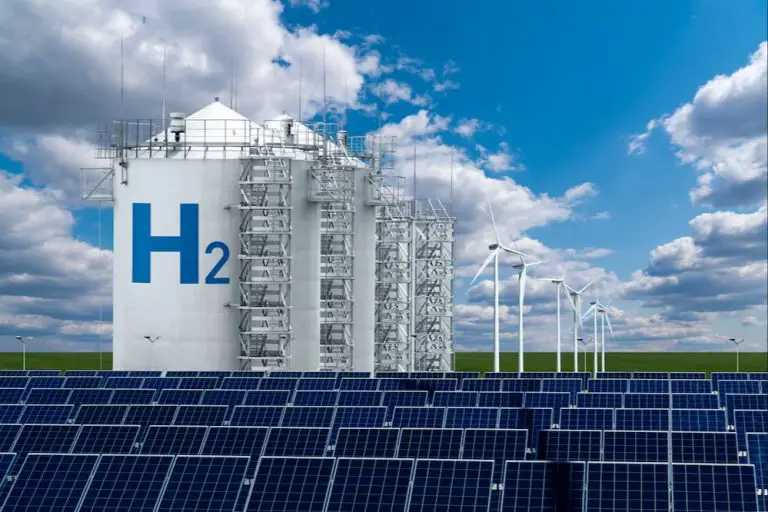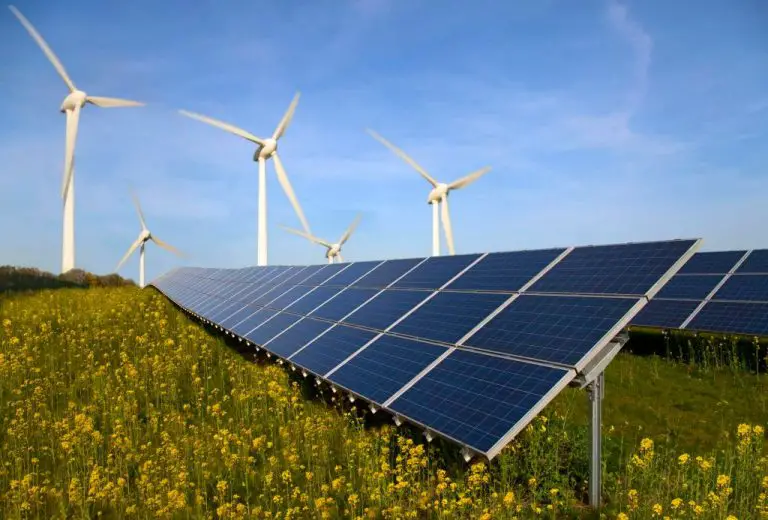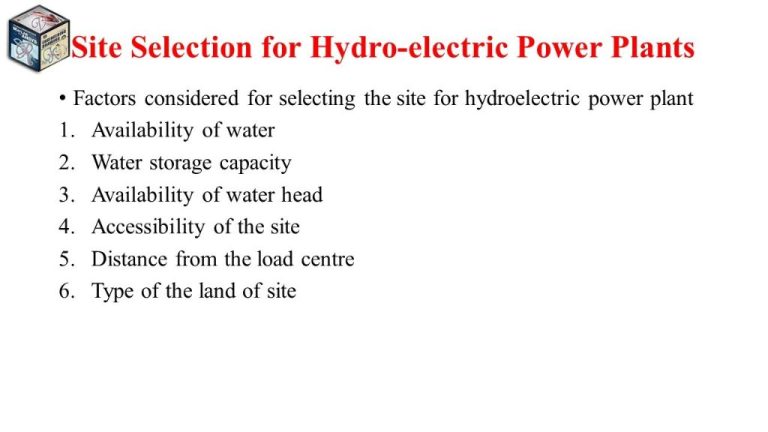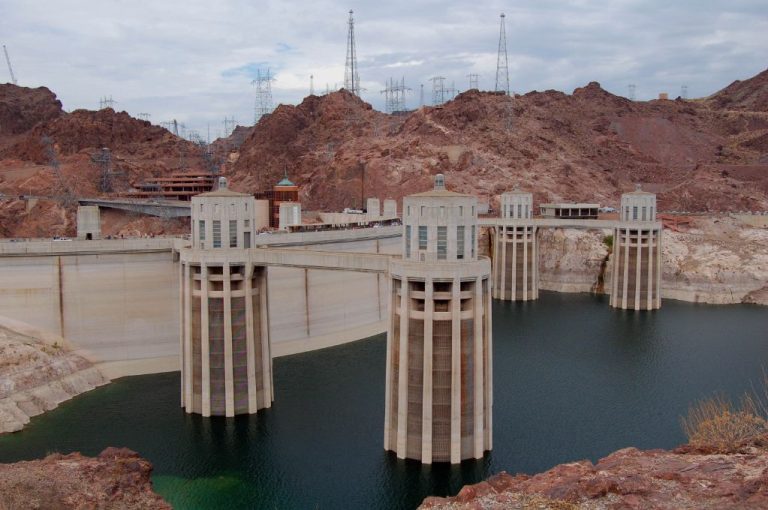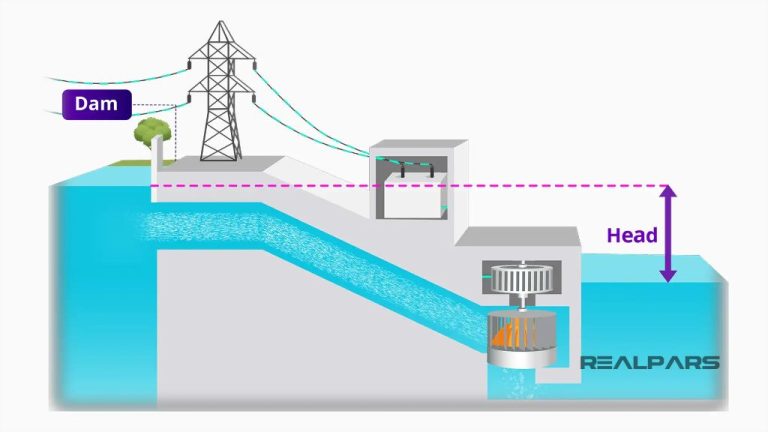Can Engines Be Powered By Water?
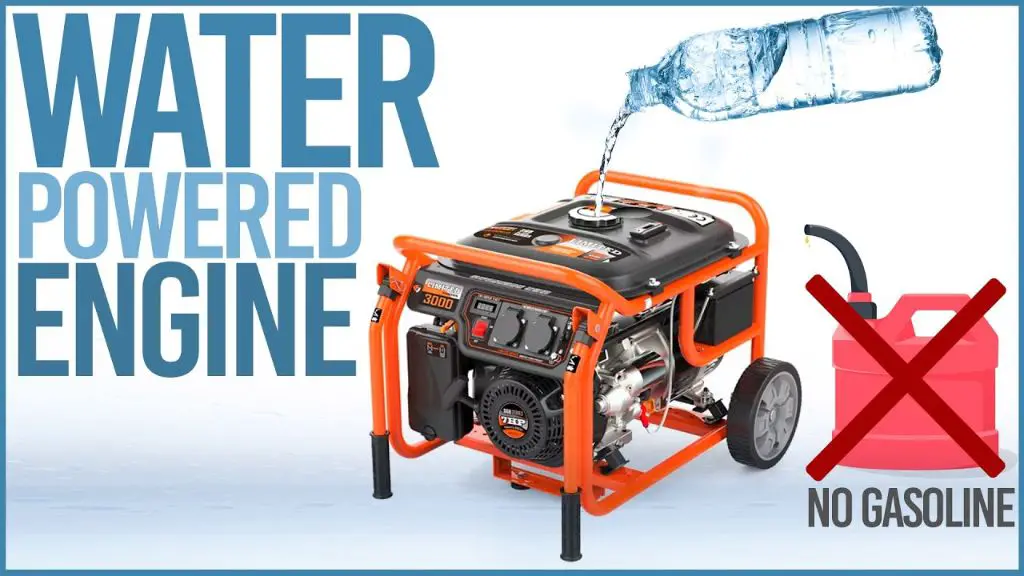
Water-powered engines are engines that utilize water as an energy source to produce mechanical power. The concept dates back to the 18th century, when inventors first began experimenting with using the energy in flowing or expanding water to turn wheels and drive machinery. Some of the earliest examples include water wheels used in grain mills and sawmills.
In more recent history, there have been attempts to develop water-powered engines for vehicles. For example, in the 1930s, an American inventor named Charles Garrett claimed to have developed a “vapor carburetor” that allowed a vehicle to run on water. However, his device was never proven to work as claimed [1]. In the 1990s, Stanley Meyer drew a lot of attention and controversy for his “water fuel cell” that he said could power a dune buggy. But his claims were never independently verified and he passed away under mysterious circumstances [2].
How Water-Powered Engines Work
Water-powered engines work by extracting energy from water or its components to generate power. The two main types of water-powered engines are hydropower systems and hydrogen fuel cells.
Hydropower relies on using falling or flowing water to spin turbines and generate electricity. The kinetic energy of the moving water gets converted into mechanical energy by the turbine, which in turn rotates coils of wire inside an electric generator to produce electricity via electromagnetic induction (https://en.wikipedia.org/wiki/Water-fuelled_car). The amount of power generated depends on the volume and speed of the water flow.
Hydrogen fuel cells work by passing hydrogen through an anode, where it separates into protons and electrons. The electrons are forced through a circuit, generating an electric current that can power a vehicle. Meanwhile, the protons pass through a membrane and combine with oxygen at the cathode to form water as a waste product. Fuel cells require a constant source of hydrogen and oxygen to run, which can be extracted via water electrolysis (https://www.azocleantech.com/article.aspx?ArticleID=986).
Both hydropower and hydrogen fuel cells are able to extract energy from water in different ways to generate emissions-free power. However, they each have their own challenges and limitations that need to be addressed for water-powered vehicles to become viable alternatives to fossil fuel engines.
Types of Water-Powered Engines
There are several different types of engines that can be powered by water, including:
Hydropower
Hydropower harnesses the energy of flowing water to generate electricity. The force of moving water spins a turbine connected to a generator to produce power. Hydropower plants usually utilize dams and reservoirs to control water flow. Some historical mines used hydropower for pumping and lifting operations.
Stirling Engines
Stirling engines use heat differentials between external and internal water chambers to move pistons and create mechanical power. Heated water is contained in a boiler outside the engine. This heats the working gas inside the engine, causing it to expand. The expanding gas pushes pistons and turns a crankshaft, producing rotational force.
Hydrogen Fuel Cells
Hydrogen fuel cells separate water into hydrogen and oxygen through electrolysis. The hydrogen gas is then channeled to the anode side of the fuel cell while oxygen flows to the cathode side. When the two gases combine across an electrolyte membrane, an electrochemical reaction occurs, generating an electric current that can power motors or devices.
Benefits of Water-Powered Engines
One of the key benefits of water-powered engines is that water is a clean, renewable, and efficient energy source. Water is abundant on our planet, can be reused and recycled, and does not create any emissions when used to power an engine. This makes water-powered engines extremely environmentally friendly compared to traditional combustion engines.
According to the article “Can Engine Run on Water? Debunking the Myth and Fact About Water Powered Engine” (https://lambdageeks.com/can-engine-run-on-water/), water-powered engines produce no greenhouse gas emissions, unlike gasoline and diesel engines which are major contributors to climate change and environmental pollution. The renewable nature of water as a fuel source means it could provide sustainable energy for the future with minimal impact on the planet.
In addition, water is abundant, inexpensive, and accessible, making it an efficient and cost-effective fuel choice. The potential efficiency gains from water-powered engines are significant. According to Toyota’s video “Toyota Latest Water-Powered Engine A Game Changer!” (https://www.youtube.com/watch?v=ojMtFngm9_8), their water-powered engine achieved a thermal efficiency rate of more than 40%, far higher than traditional engines. With further development, the efficiency of water-powered engines could be increased even more.
Challenges and Limitations
Although the concept of water-powered engines is promising, there are significant challenges and limitations that have prevented widespread adoption. According to one source, water-powered cars are not yet a reality because splitting water to produce hydrogen requires more energy than it yields. The process of water electrolysis, which separates hydrogen and oxygen, is not yet efficient or cost-effective enough for practical applications.
Additionally, water-powered engines can only work properly in locations near large bodies of water. As explained here, the infrastructure required to produce, store, and distribute hydrogen as fuel can be extremely expensive to build and maintain. Significant startup costs are involved in setting up the required facilities and distribution networks.
In summary, the two main limitations holding back water-powered cars are inefficient hydrogen production technology and the lack of hydrogen fueling infrastructure, especially in inland areas far from ocean access. Until these challenges can be overcome, water-powered engines will likely remain impractical for most real-world uses.
Notable Examples and Case Studies
Some of the most well-known examples of water-powered engines come from large hydroelectric dams across the world. The Hoover Dam on the Colorado River is one of the largest hydroelectric power plants in the United States, with 17 turbines capable of generating over 2,000 megawatts of electricity.Puerto Rico Convention Bureau Destination Planner’s Guide The dam’s reservoir, Lake Mead, stores enough water to power the turbines. Similarly, China’s Three Gorges Dam on the Yangtze River contains 32 main turbines with a capacity of 22,500 megawatts, making it the largest hydroelectric power station in the world.
In the transportation sector, some hydrogen fuel cell vehicles like the Toyota Mirai use a fuel cell stack that combines stored hydrogen gas with oxygen to generate electricity to power an electric motor. While not directly extracting energy from water, these fuel cell vehicles use hydrogen harvested via electrolysis of water. So in a way, they can be considered as being powered by water.
Research and Development
There are ongoing efforts to improve the efficiency and viability of water-powered engines through research and development. Scientists and engineers are exploring innovative new techniques like:
- Using nanotechnology to develop more efficient turbine designs that maximize energy extraction.
- Experimenting with bio-inspired hydrodynamic designs that mimic the movement of fish or waves.
- Creating advanced materials like graphene or carbon nanotubes to build lighter, stronger and more durable turbine parts.
- Developing new pump and pipeline systems to improve water flow and pressure.
- Using computational fluid dynamics modeling and 3D prototyping to optimize turbine and propeller shapes.
- Incorporating hybrid systems that combine water power with solar, wind or other renewables.
- Designing portable, small-scale systems for remote or rural areas.
- Improving generators and energy storage solutions.
With more investment and focus on overcoming remaining engineering challenges, water-powered engines have immense potential to become a major sustainable energy source globally.
Environmental Impact
Water-powered engines have the potential to be much more environmentally friendly compared to traditional gasoline or diesel engines. Since they utilize water as the main fuel source, water engines emit little to no greenhouse gases or air pollutants. This makes them an attractive sustainable alternative to fossil fuels that generate significant amounts of carbon dioxide and other emissions linked to climate change and public health issues.
However, some experts argue that water engines may not be completely emission-free over their full life cycle. Factors like the energy used to extract hydrogen from water and produce the fuel cells would need to be from renewable sources to make water engines 100% clean. Additionally, the manufacturing process required to build water engine components has its own environmental footprint.
More research is still needed, but initial studies suggest water-powered vehicles could reduce lifetime CO2 emissions by at least 50% compared to gasoline cars. With further development of green hydrogen production methods, water engines have the potential to provide carbon-neutral transportation and be a major advancement for sustainability.
Overall, water engines represent a promising opportunity to phase out fossil fuels. But their ultimate environmental impact depends on how cleanly the hydrogen fuel can be produced. With renewable energy sources powering hydrogen extraction and manufacturing, water-powered vehicles could revolutionize sustainable transportation.
Sources:
Toyoda Akio: “This Water Engine Will DESTROY Entirely Car Industry”
Future Outlook
The future looks promising for water-powered engines. As research and development continues, engineers are finding ways to improve efficiency and overcome current limitations. Some projections estimate water-powered cars could make up 5-10% of the auto market within the next decade.
Key areas of focus include reducing energy loss during electrolysis, developing more efficient membranes, and designing better hydrogen storage systems. For example, researchers at Stanford are experimenting with nanotechnology to improve the electrolysis process. According to Dr. Hongjie Dai, “With these new nanoscale materials, we could match the energy density of gasoline.”
Major automakers like Toyota and Honda are investing heavily in this technology. Toyota revealed a breakthrough water engine concept that extracts hydrogen from wastewater. This game-changing innovation could make water-powered cars viable for the mass market within 5 years.
While challenges remain, the pace of advancement suggests water-powered engines will play a growing role in sustainable transportation. With more engineering refinements on the horizon, the future is bright for this promising green technology.
Conclusion
Water-powered engines offer an intriguing renewable energy source that could help reduce reliance on fossil fuels. As discussed, they leverage hydropower and the movement of water to generate mechanical power. While the concept shows promise, water engines are still an emerging technology with limitations around efficiency and scaling. The leading designs like Tesla turbines and water pistons have successfully demonstrated viability for niche applications. But more research and innovation are needed for wider adoption. The future prospects will depend on continued progress around materials, design, and integration with existing infrastructure. On the plus side, water power emits no direct waste or emissions, and could utilize natural waterways or man-made systems. Overall, water-based engines likely won’t replace other renewables like solar or wind entirely. However, they could carve out a role providing distributed power generation if the technology can mature.
In conclusion, water-powered engines offer notable potential benefits but still face challenges to prove themselves as a mainstream renewable energy source.

